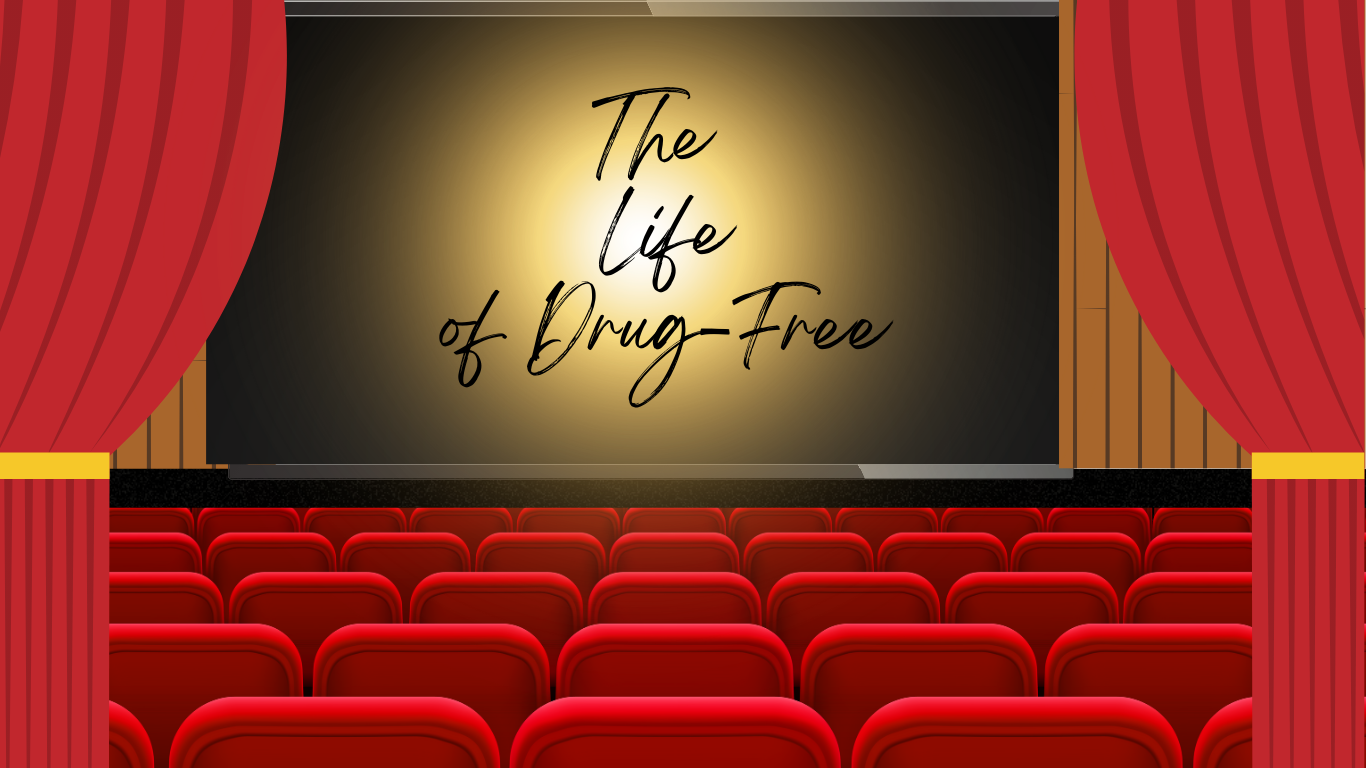In elementary school, students get visits from police officers, firefighters, or health organizations. All of them have a similar message during their lectures—don’t do drugs. I’m sure that your legal guardian has told you somewhere along the lines of your life, in simple terms, “Drugs are bad; don’t take them.” But we’re humans, and if we don’t have a reason, we usually don’t listen. A way to encourage people to remember this message is Red Ribbon Week, which starts on Oct 23-31.
According to the Just Think Twice website, the first National Red Ribbon Week organized by the National Family Partnership (NFP) started in 1988. This week was created because people began to wear red ribbons honoring the death of Drug Enforcement Administration (DEA) Special Agent Enrique “Kiki” Camarena, who was brutally murdered by drug traffickers when he was in Mexico in 1985.
The purpose was and still is to promote drug intolerance in schools, the workforce and communities. It’s great that Red Ribbon Week is celebrated, especially when schools can choose themes to make it more interesting. The themes can encourage students to participate, but sometimes people from different organizations come to schools to talk about the dangers of drugs.
While these messages are spoken, students prefer not to take them seriously. Instead, they play on their phones or talk to each other. Yes, we all know that drugs have a bad influence on people, but that doesn’t mean that we have to ignore or be disrespectful to those who are trying to help. These mainly talk to use because teens are more likely to have an addiction to drugs.
Drugs such as alcohol, cocaine, marijuana, heroin, methamphetamine and many more can have negative physical and mental effects on a person. The American Addiction Center states that drugs and alcohol can interfere with the brain functions, altering signals they receive and send. It can also interfere with feelings, perception, and thought processes. This can lead to strokes, seizures, movement disorders, traumatic brain injury, etc.
Many people are affected by the use of drugs and alcohol. In March of 2024, the CDC reported 101,086 deaths due to drugs. The CDC also states about 178,000 people die from alcohol each year. We all have a choice to allow drugs into our lives, so in the words for this year’s theme, “Life Is A Movie, Film Drug-Free.”








